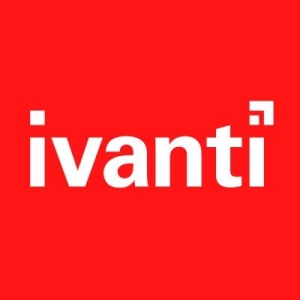Service and Support
Ivanti Patch for Linux, UNIX, Mac receives positive feedback for its prompt and effective customer service. Users appreciate the knowledgeable support team and their quick response times. They find support staff friendly and easy to work with, addressing concerns efficiently. Users indicate satisfaction with the available resources and documentation, which help them resolve issues quickly. Ivanti Patch for Linux, UNIX, Mac creates a positive support experience, assisting users effectively and ensuring smooth operations.
Deployment
Users found Ivanti Patch for Linux, UNIX, Mac's initial setup straightforward and uncomplicated. Deployment can take four to eight hours depending on code files and databases. Migration involves compressing code files, transferring via SFTP, configuring with URLs, and switching DNS for live sites. Support from clients, management, and third-party vendors is needed for DNS switches.
Scalability
Users appreciate Ivanti Patch for Linux, UNIX, Mac's ability to handle complex environments with ease, highlighting its capacity to efficiently manage a large number of systems. Its robust performance in diverse IT infrastructures allows for seamless patching and updating. The tool is favored for its reliability and effectiveness in scaling operations across various platforms, ensuring consistent security and compliance.
Stability
Users consistently mention that Ivanti Patch for Linux, UNIX, Mac demonstrates strong stability. It operates effectively in various environments without frequent issues. Several users appreciate its reliability even during large-scale deployments. It prevents disruptions and maintains high performance.



